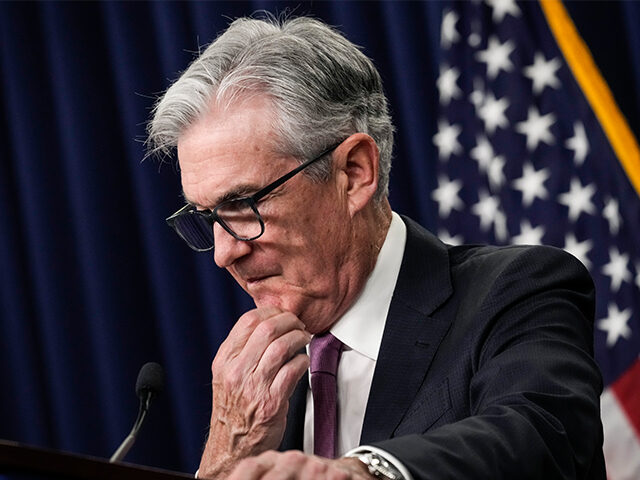The Federal Reserve’s preferred inflation gauge showed price increases slowing in July as the growth of consumer spending fell by more than expected.
The core personal consumption expenditures price index, which excludes food and fuel prices, rose just one-tenth of a point from the prior month. Economists had forecast a steeper 0.3 percent increase.
Compared with a year ago, the core index was up 4.6 percent from a year earlier, a tick below the 4.7 percent forecast.
Both the monthly and annual figures represent a slowdown from June, when core prices rose 0.6 percent compared with the prior month and were up 4.8 percent compared with a year earlier.
Officials at the Fed say that the core price index, often called core PCE, is a better leading indicator of future inflation than the more inclusive “headline” figure.
The more inclusive measure of inflation shows prices dropping 0.1 percent in July, reflecting a significant fall in gasoline prices. Compared with a year ago, prices are up 6.3 percent.
In June, prices rose one percent and were up 6.8 percent for the year. Economists had expected the July headline number to show a 0.1 percent increase.
The personal consumption expenditure price index is created by the Department of Commerce, while the more familiar Consumer Price Index is compiled by the Labor Department. The PCE index tracks a broader range of expenditures weighted differently than CPI. Its component weights change as consumers substitute products, for example buying lower quality goods because prices of higher quality goods have become too pricey. Supporters say this better reflects household spending while critics say it overlooks damage to the quality of life done by high inflation.
Consumer expenditures were up by just 0.1 percent, missing the forecast for a 0.4 percent gain. The prior month’s figure was revised down one-tenth of a percent to one percent.
Personal income rose just 0.2 percent, below expectations for a 0.6 percent gain. The prior month’s income gain was upwardly revised one-tenth of a percent to 0.7 percent.

COMMENTS
Please let us know if you're having issues with commenting.